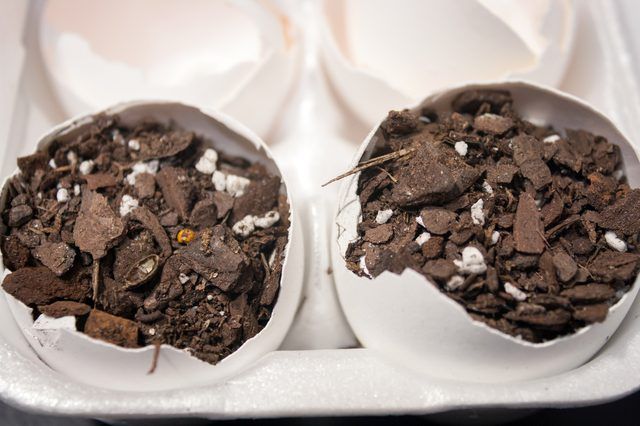Bulbs
Flower Basics
Flower Beds & Specialty Gardens
Flower Garden
Garden Furniture
Garden Gnomes
Garden Seeds
Garden Sheds
Garden Statues
Garden Tools & Supplies
Gardening Basics
Green & Organic
Groundcovers & Vines
Growing Annuals
Growing Basil
Growing Beans
Growing Berries
Growing Blueberries
Growing Cactus
Growing Corn
Growing Cotton
Growing Edibles
Growing Flowers
Growing Garlic
Growing Grapes
Growing Grass
Growing Herbs
Growing Jasmine
Growing Mint
Growing Mushrooms
Orchids
Growing Peanuts
Growing Perennials
Growing Plants
Growing Rosemary
Growing Roses
Growing Strawberries
Growing Sunflowers
Growing Thyme
Growing Tomatoes
Growing Tulips
Growing Vegetables
Herb Basics
Herb Garden
Indoor Growing
Landscaping Basics
Landscaping Patios
Landscaping Plants
Landscaping Shrubs
Landscaping Trees
Landscaping Walks & Pathways
Lawn Basics
Lawn Maintenance
Lawn Mowers
Lawn Ornaments
Lawn Planting
Lawn Tools
Outdoor Growing
Overall Landscape Planning
Pests, Weeds & Problems
Plant Basics
Rock Garden
Rose Garden
Shrubs
Soil
Specialty Gardens
Trees
Vegetable Garden
Yard Maintenance
How to Use Eggshells in the Garden
How to Use Eggshells in the Garden. The next time you crack eggs to make baked goods, omelets or frittatas, don't just toss the shells into the garbage disposal or trash. Eggshells have numerous environmentally friendly uses in the garden. The shells add nutrients to the soil, and can prevent blossom-end rot disease, and they can also control...
The next time you crack eggs to make baked goods, omelets or frittatas, don't just toss the shells into the garbage disposal or trash. Eggshells have numerous environmentally friendly uses in the garden. The shells add nutrients to the soil, and can prevent blossom-end rot disease, and they can also control certain plant pests and might even help you get your garden started in spring. No matter how you decide to use them, rinse the shells out thoroughly and allow them to dry before you use them for gardening.
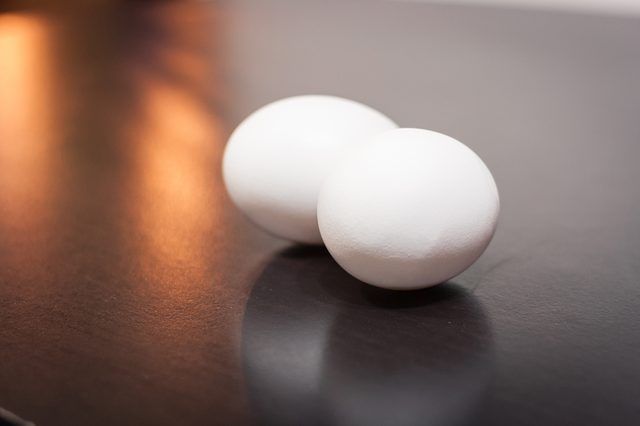
Crushed eggshells are packed with various minerals, especially calcium. The calcium-rich shells make a fine slow-release fertilizer for your garden. After the shells dry, pulse them in a blender until they have a fine, powdery texture that will be easy to incorporate it into the soil. Sprinkle the eggshell powder on top of the soil and gently work it in with a garden trowel. Sprinkling a few teaspoons of the eggshell powder on the bottom of planting holes when you transplant new seedlings gives the vulnerable plants a little calcium boost. If you don't need to fertilize right away, hand-crush the eggshells and add them to your compost pile. The shells add calcium to finished compost.
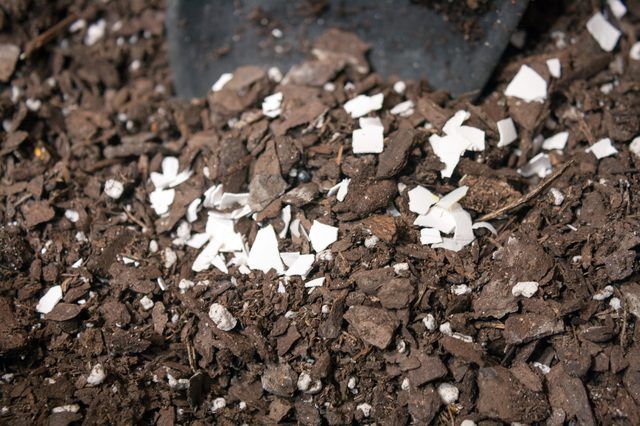
Tomatoes (Lycopersicon esculentum), eggplants (Solanum melongena) and peppers (Capsicum annuum) are favorite warm-season vegetables, but these plants also have the tendency to suffer from blossom-end rot, a disease often caused by a calcium deficiency. Adding eggshells to the planting hole when transplanting seedlings can help prevent this common disease. Grind the eggshells in a blender beforehand, because shell powder dissolves more quickly than hand-crushed pieces, offering a faster release of calcium into the soil.
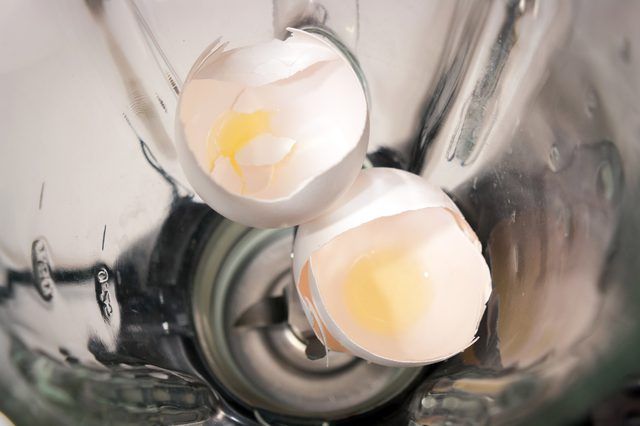
Sprinkle roughly crushed eggshells -- about the size of confetti -- around the bases of flowers and vegetables that attract snails, slugs and cutworms. Those pesky, soft-bellied pests don't like to slither across the sharp, jagged edges and will go feed elsewhere. Over time, the eggshells decompose and add calcium to the soil for your plants to use. Deer seem to dislike egg odors, so scattering the shells around plants might also keep deer from feeding on them.
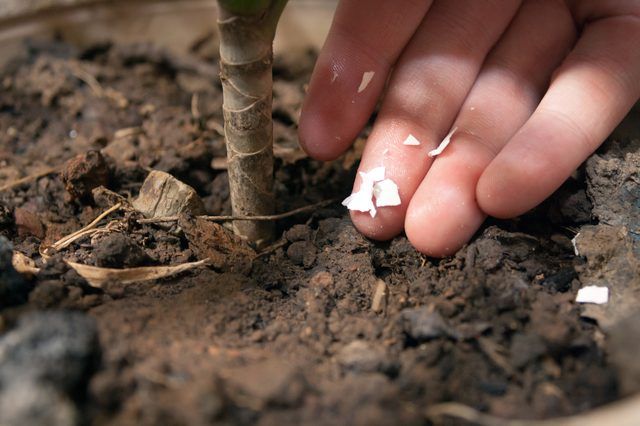
Before gardeners had peat pots and starter trays, they often used eggshell halves as tiny pots for starting seeds. Use a straight pin, ice pick or the tip of a sharp knife to make a tiny drainage hole in the bottom of each half shell. Set the shells inside an egg carton and use a spoon to fill them three-fourths full of seed-starting mix. Following the guidelines on the seed packet, drop one to three seeds into each shell and cover with soil. Use a handheld spray bottle to thoroughly moisten the soil. Set the carton on a sunny windowsill in a room kept between 65 and 75 degrees Fahrenheit. Mist the soil regularly to stop it from drying out, and occasionally turn the egg carton so the seedlings grow evenly. When warm weather arrives, place the seedling into its planting hole, gently crushing the shell so the plant roots can grow.
